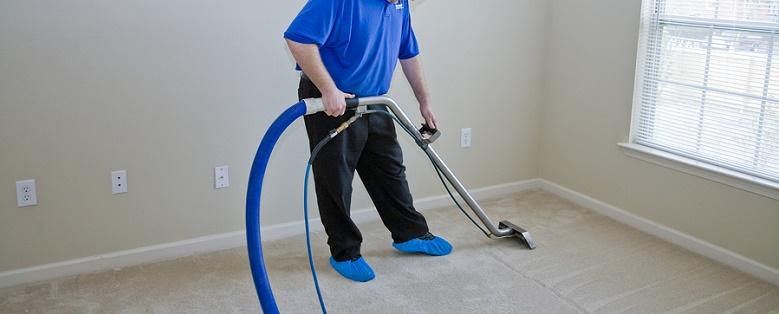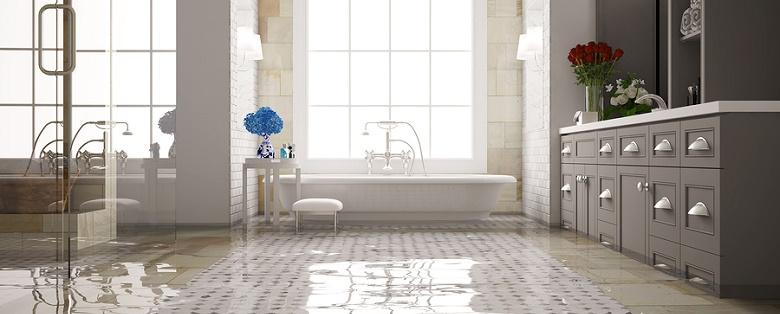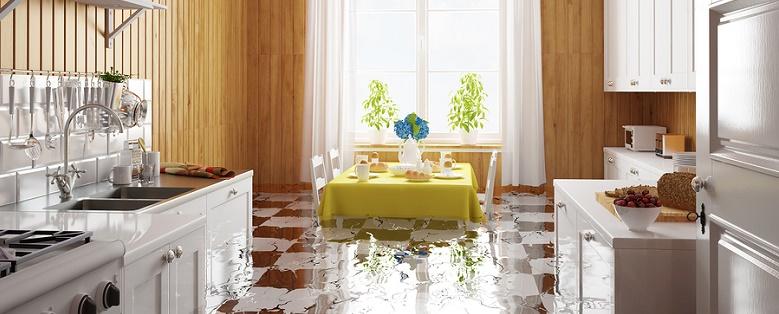
Flooding is one of the most frequently occurring and costly disasters that homeowners in the U.S. might face. Every year, astronomical amounts of flood damage are caused when waters rise and people are unprepared. Although it may not be possible to prevent a flood, there are things homeowners can do to reduce the damage they sustain and the amount of flood damage restoration that may be necessary afterwards.
Know the Risks
Before anything else, homeowners or renters should always know if they live in an area where flooding is possible, then be alert for conditions that cause flooding. Monitor local news and storm alerts since awareness is a key factor in reducing flood damage. If located in a risk area, be sure to carry the right homeowners or renters insurance. Make a plan to reduce damage to personal items should the waters begin to rise.
Make An Inventory
Make a written and video inventory of all personal possessions and keep it updated. This is useful for insurance purposes to help verify items that are damaged or missing. It also helps to facilitate flood damage restoration and item replacement. Be sure to keep receipts for large purchases like appliances and electronics; ensure serial numbers are properly stored. Have any high-value items, such as jewelry and antiques, appraised and properly insured. Store copies of important original documents safely with inventory logs and videos, as well as a copy of any homeowner's insurance policy.
Flood-Proof the Home
When flooding is possible or for those living in risk areas, minimize flood damage with the following important tips:
- If a sump pump is in the home, ensure it is working. A battery-operated alarm to operate the pump in case of power failure is also helpful.
- Keep gutters and downspouts clear to facilitate drainage during downpours or prevent water pooling.
- Reduce the need for flood damage restoration inside the home by raising electrical components and power panels so they are less likely to be affected by rising waters. If a flood is likely, move electronics and furnishings to an upper level or some other safe place. If possible, furnaces, water heaters, and other expensive electrical components should be installed on cinder blocks that raise them at least one foot off the floor.
- Remove valuables, important papers, and other movable items from the property until flood warnings end.
- Stockpile emergency building materials such as sandbags, lumber, tarps, plastic sheets, nails, etc. if located in a flood area and be ready to use them to protect the home.
- Install check valves in sewer lines to prevent them from backing up into the home during downpours or flood events.
The key to minimizing flood damage is awareness along with taking the proper action to provide as much protection for a home as possible. No one can stop Mother Nature and buildings in the path of rising water may still require substantial flood damage restoration. Residents can reduce the amount of destruction sustained by planning ahead and acting fast.
Along with flood insurance, the tips referenced above can help those dealing with the possibility of rising flood waters protect important possessions before it is too late!



